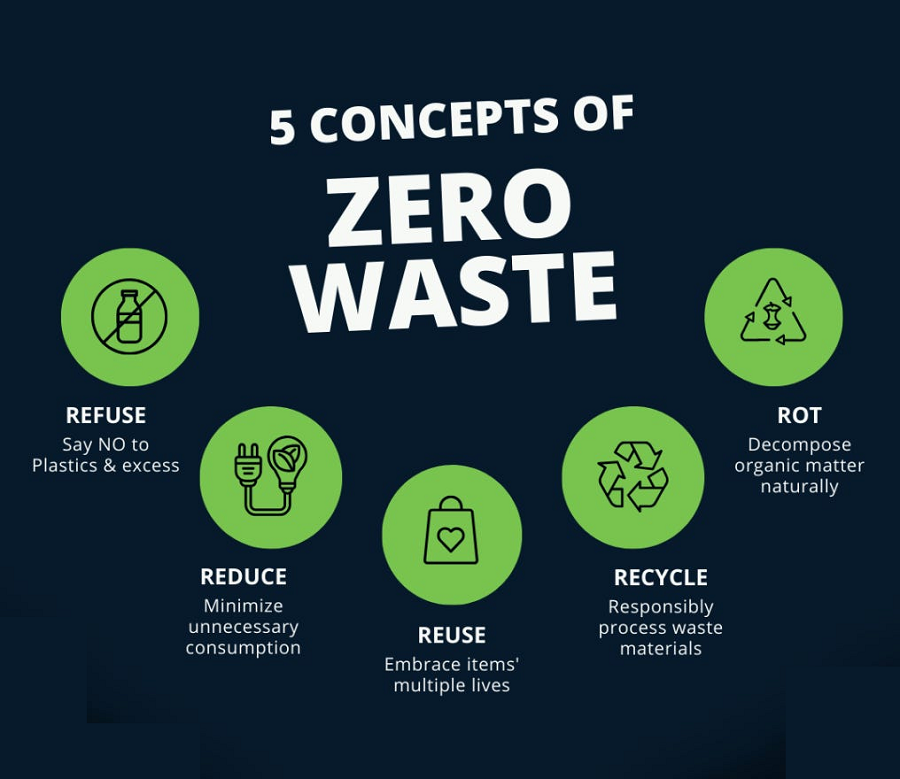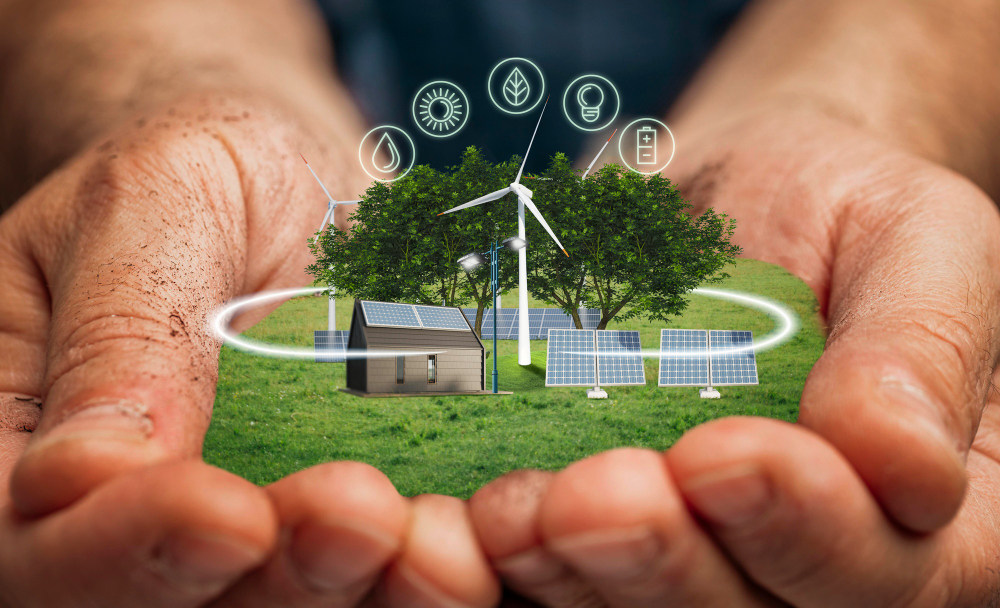In 2025, zero waste living has evolved from a niche lifestyle to a mainstream movement, driven by heightened environmental awareness, technological advancements, and a collective desire to combat climate change. With global waste production projected to reach 3.4 billion tons annually by 2050, according to the World Bank, adopting a zero waste lifestyle is more urgent than ever. This article explores the latest trends, practical tips, and innovative tools shaping zero waste living in 2025.
Trends in Zero Waste Living
1. Circular Economy Integration
The circular economy—designing products to be reused, repaired, or recycled—has gained significant traction. In 2025, brands are prioritizing closed-loop systems. Companies like Loop partner with major retailers to offer reusable packaging for everyday products, from shampoo to snacks. Consumers return containers to designated drop-off points, which are then sanitized and reused, reducing single-use plastic waste.
2. Smart Waste Management
Technology is revolutionizing waste reduction. Smart bins equipped with AI sensors sort recyclables, compostables, and landfill-bound waste with precision. Cities like Seoul and San Francisco have adopted these systems, improving recycling rates by up to 30%. Apps like Too Good To Go connect consumers with businesses to rescue surplus food, preventing millions of tons of food waste annually.
3. Minimalist and Modular Design
Minimalism continues to influence zero waste living. Modular furniture and clothing, designed for longevity and adaptability, are trending. Brands like Patagonia and IKEA offer repair services and take-back programs, encouraging consumers to invest in durable, multi-purpose items rather than disposable alternatives.
4. Plant-Based and Package-Free Shopping
Package-free stores are expanding globally, with bulk bins for grains, spices, and cleaning products becoming commonplace. Plant-based diets, which reduce the environmental impact of food production, are also on the rise. In 2025, 40% of millennials and Gen Z report adopting plant-based or flexitarian diets, according to a Nielsen survey, further reducing waste from animal agriculture.
Tips for Zero Waste Living
- Start with the 5 Rs: Refuse what you don’t need, reduce what you use, reuse what you can, recycle properly, and rot (compost) organic waste. This hierarchy prioritizes prevention over disposal.
- Shop Secondhand: Thrift stores, apps like Vinted, and local swap events make it easy to find pre-loved clothing, furniture, and electronics, cutting down on production-related waste.
- Embrace DIY: Make your own cleaning products using vinegar, baking soda, and essential oils. Homemade toothpaste and deodorant recipes are widely shared on platforms like X, reducing reliance on packaged goods.
- Compost at Home: Even urban dwellers can compost with countertop systems like the Lomi composter, which turns food scraps into nutrient-rich soil in hours.
- Carry a Zero Waste Kit: Keep a reusable water bottle, coffee cup, utensils, and cloth napkins in your bag to avoid single-use items on the go.
Tools for Zero Waste Success
- Reusable Products: Brands like Stasher and Beeswax Wrap Co. offer silicone bags and beeswax wraps as alternatives to plastic wrap and ziplocks. These durable, washable items are staples in zero waste households.
- Composting Tech: The Vitamix FoodCycler and similar devices dehydrate and grind food waste into a compact, odorless material, ideal for small spaces.
- Waste Tracking Apps: Apps like My Little Plastic Footprint help users track their waste output and suggest low-waste alternatives based on their habits.
- Water Filters: Advanced filtration systems like Berkey or ZeroWater reduce the need for bottled water, with some models removing up to 99.9% of contaminants.
- Repair Tools: iFixit provides toolkits and guides for repairing electronics, extending the lifespan of devices and reducing e-waste.
Challenges and Solutions
Despite progress, zero waste living faces challenges. Accessibility to bulk stores remains limited in rural areas, and upfront costs for reusable products can be high. To address this, community-driven initiatives like zero waste co-ops and tool libraries are emerging, making resources more affordable and accessible. Governments are also stepping up—by 2025, over 50 countries have implemented single-use plastic bans, encouraging sustainable alternatives.
The Future of Zero Waste
Looking ahead, zero waste living in 2025 is about intentionality and innovation. As consumers demand transparency and sustainability, businesses and governments are adapting. By combining mindful habits, cutting-edge tools, and community support, individuals can significantly reduce their environmental footprint. Start small, stay consistent, and join the global movement toward a waste-free future.

